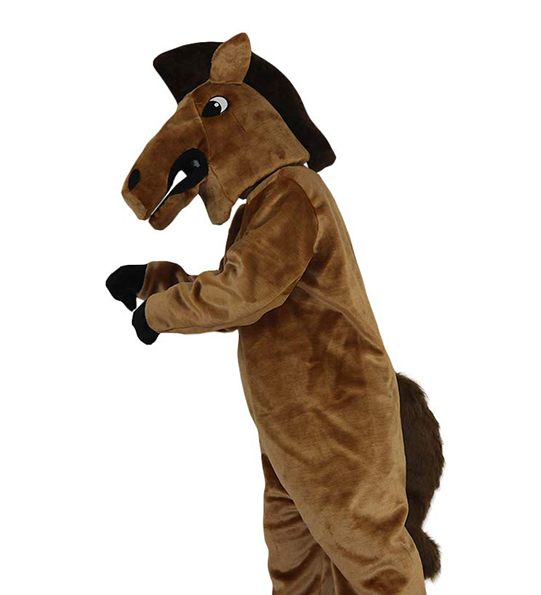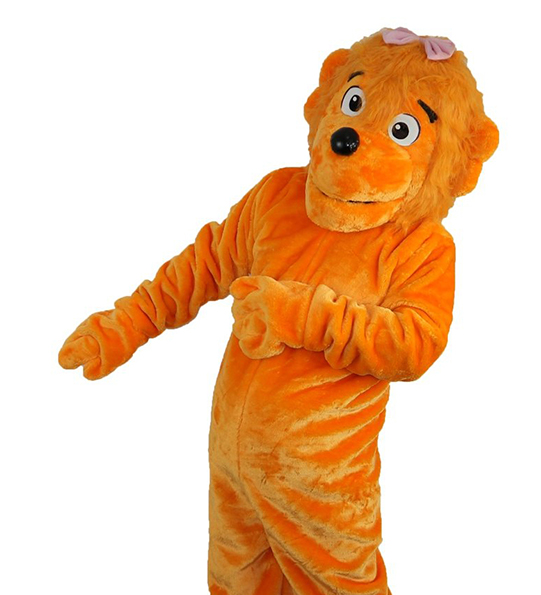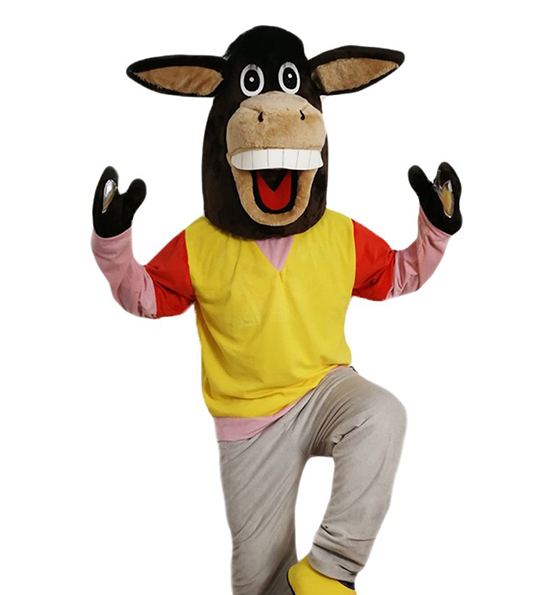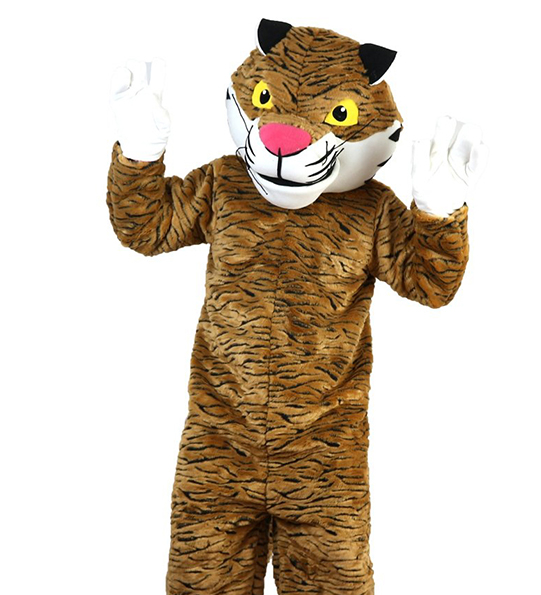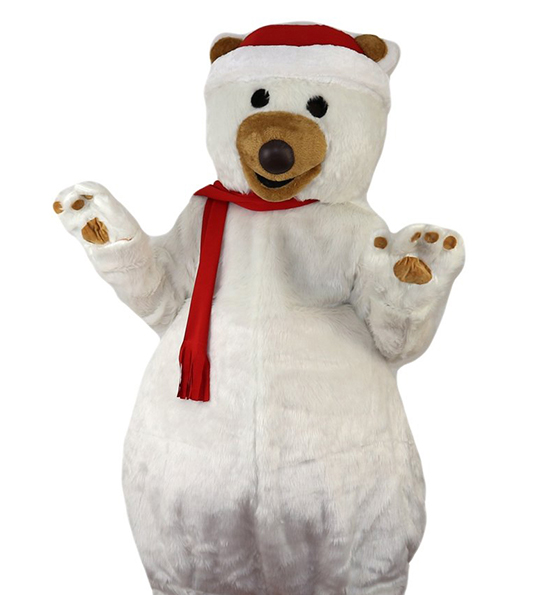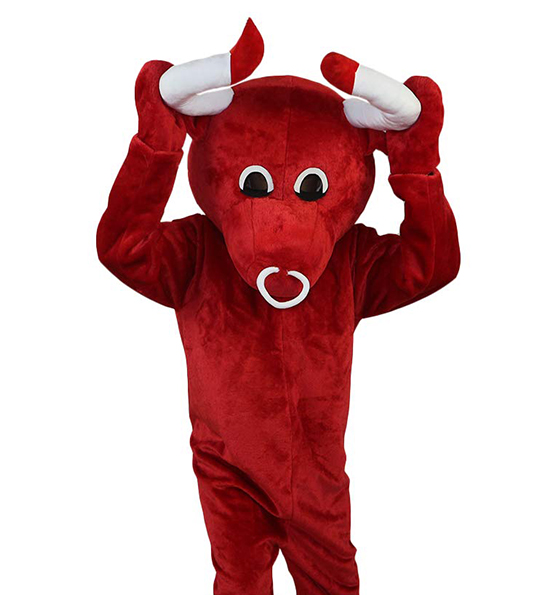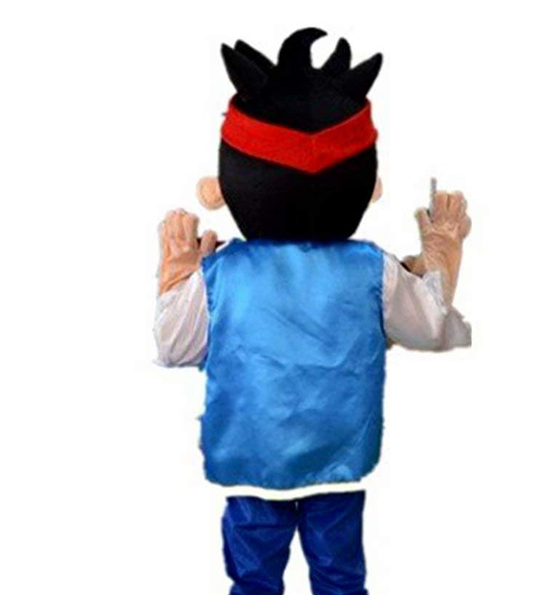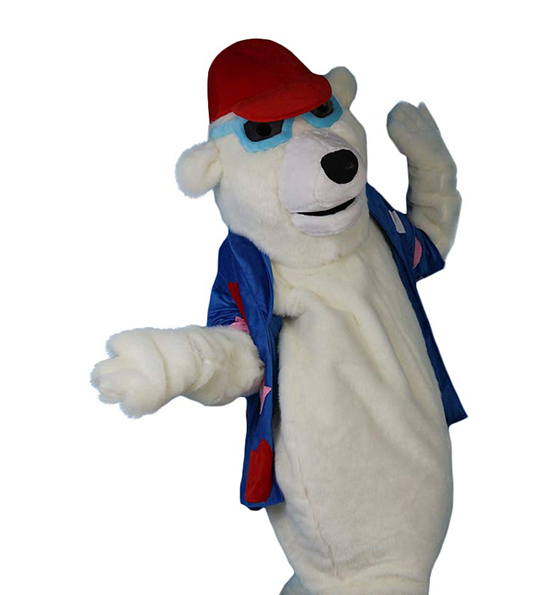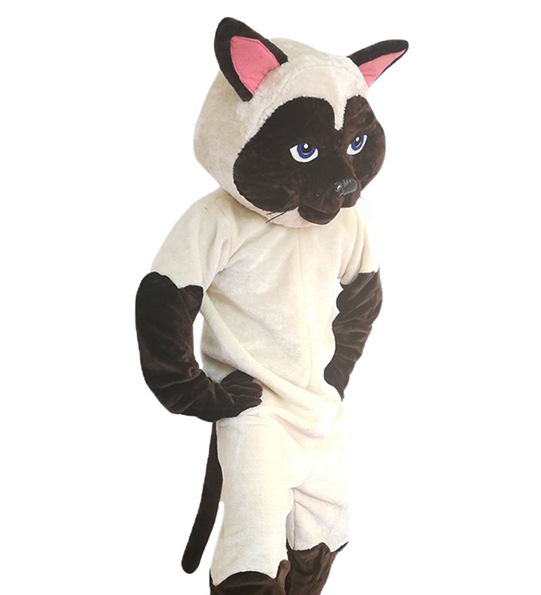The Evolution of Mascot Costumes: From Simple Outfits to Advanced Robotics
Mascot costumes have evolved from basic, hand-crafted outfits to sophisticated robotic creations, reflecting advancements in technology and design. Early costumes were simple, using fabric and cotton stuffing for exaggerated features. Over time, materials like foam rubber and latex improved mobility. The digital age introduced CAD software, animatronics, and LED lights for dynamic performances. Today, modern mascots incorporate robotics, sensors, and AI for realism and interactivity, with advanced materials like carbon fiber ensuring durability and comfort. These innovations transform mascots into engaging personalities that enhance entertainment and brand representation.
